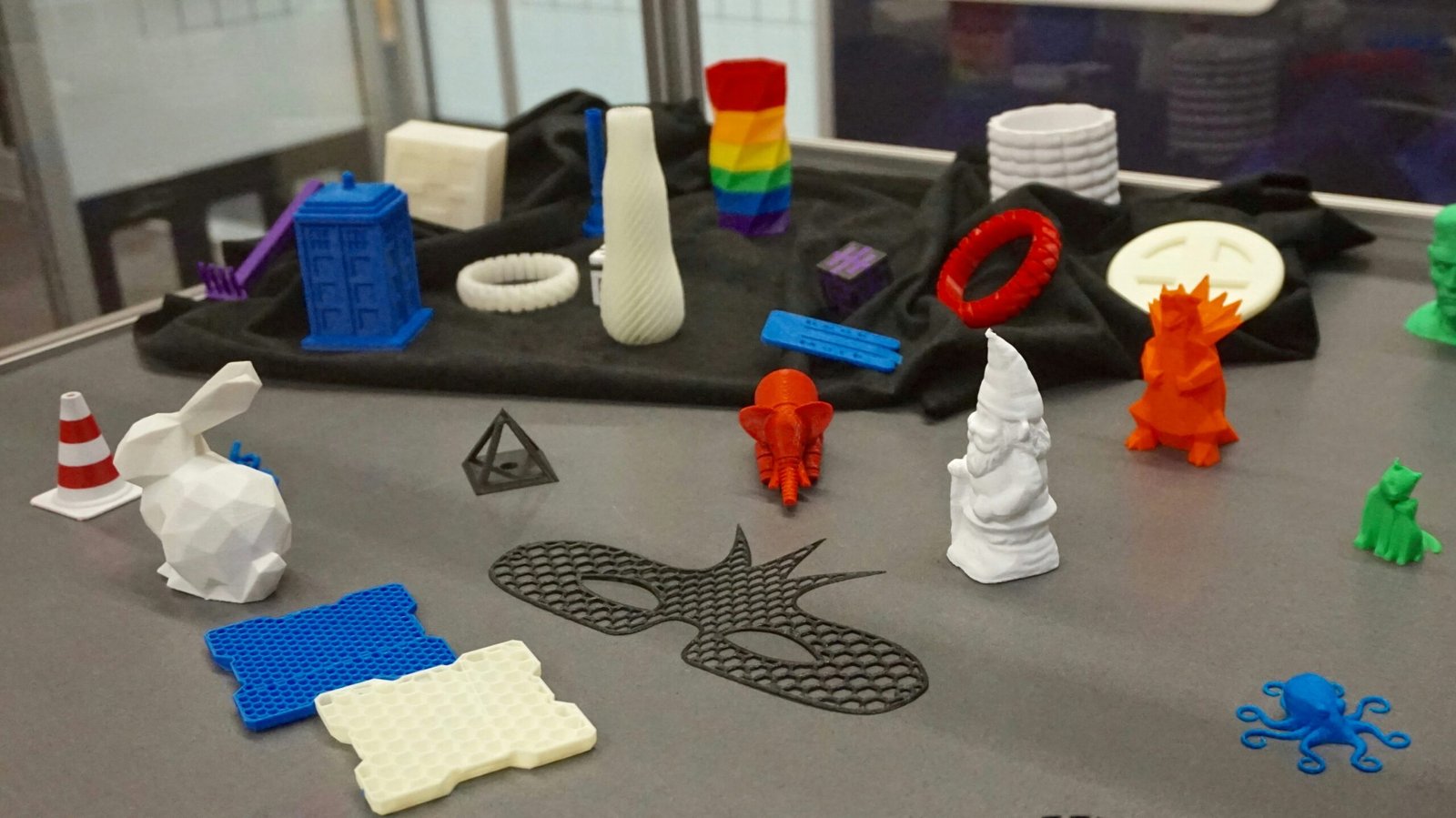Your cart is currently empty!

August Slipped Away into a Moment of Time
Ugh. You again.
Welcome back to 3Dvinci Blogs, where I translate the often-overcomplicated world of 3D printing into something normal people can understand without needing a PhD or a dictionary. August 2025 was packed with breakthroughs and big shifts, so let’s dig into the ones that actually matter.
1. The Army Wants to Print Its Way Out of Supply Problems
One of the biggest stories this month was the U.S. Army’s announcement that it’s going all-in on 3D printing for its vehicles and equipment. Their goal is simple but huge: instead of waiting weeks for replacement parts to ship across the world, they want to print them directly in the field.
Right now, if a tank breaks down in the middle of nowhere, soldiers often have to wait for spare parts from a factory thousands of kilometers away. That’s slow, expensive, and risky. With 3D printing stations, they could produce those same parts on-site, within hours, and even customize them for specific missions.
This is a major signal for the rest of the industry. When organizations as large and cautious as the military decide a technology is ready for real-world use, it usually means that tech is mature, reliable, and worth paying attention to. Expect to see similar approaches spreading into emergency response, construction, and logistics over the next few years — printing tools, parts, and components exactly where they’re needed, instead of relying on fragile supply chains.
2. Printing Factories That Travel With You
Not to be outdone, the Australian Navy showed off something straight out of science fiction: a fully deployable 3D printing workshop. Imagine a container that can be loaded onto a ship or taken into a remote base, and once it’s there, it can manufacture and repair parts on demand. That’s exactly what their new DAMR (Deployable Additive Manufacturing and Repair) system does.
This might sound like a niche military thing, but the bigger idea is world-changing. If we can pack up entire manufacturing systems and move them wherever they’re needed, that means disaster relief teams could build water filters on site. Research stations in Antarctica could print spare parts instead of waiting months for deliveries. Even space missions could bring along portable factories instead of tons of pre-made equipment.
Portable manufacturing is one of the most important steps toward a future where supply chains become almost irrelevant — and 3D printing is the key that makes it possible.
3. Printing Space-Grade Optics Out of Metal
Meanwhile, Renishaw and Irish Manufacturing Research (IMR) revealed that they’re successfully using metal 3D printing to create precision optical components for satellites and spacecraft. That’s a big deal, because these parts traditionally require expensive, time-consuming machining — and they have to be perfect.
3D printing these components doesn’t just save time and money; it also allows engineers to create shapes and internal structures that weren’t possible before. That can mean lighter satellites (cheaper to launch), stronger telescopes, or new types of scientific instruments entirely.
The lesson here is that additive manufacturing is leaving the “prototype” phase behind. It’s no longer just a way to test ideas before mass production — it’s becoming the production method itself, even for some of the most demanding applications on Earth (and beyond).
4. The Materials Race Is Heating Up
Another big story in August was how much attention is now shifting toward materials — the stuff you actually print with. A company called WB Alloys announced it’s opening a new factory in the U.S. to produce advanced metal wire for industrial printers.
This might sound boring, but it’s a sign of something important: materials are becoming the main battlefield for innovation. Better materials mean stronger parts, more precise results, higher heat resistance, and new kinds of applications. Think lightweight aircraft parts, medical implants that integrate with bone, or electric car motors that are printed instead of assembled.
The more options we have for printing materials, the more industries can switch from traditional manufacturing to additive — and the faster that transition will happen.
Final Thoughts: The Future Is Getting Closer
If July showed 3D printing starting to “grow up,” August proved that it’s now becoming a core part of how the world actually works. Militaries are planning their logistics around it. Space agencies are building with it. Scientists are preparing to use it on the Moon. And companies are investing in better materials to make it all happen.
For beginners, this is great news. It means the technology you’re learning today is the same technology that’s shaping the next generation of industry, space travel, and everyday life. Whether you’re printing your first keychain or your tenth prototype, you’re part of a movement that’s changing how humans build things — not in the future, but right now.
That’s a wrap. See you back here soon, besties.
… What are you doing? I said that’s a wrap, get outta here and print yourself some grass to touch. GO!

Leave a Reply